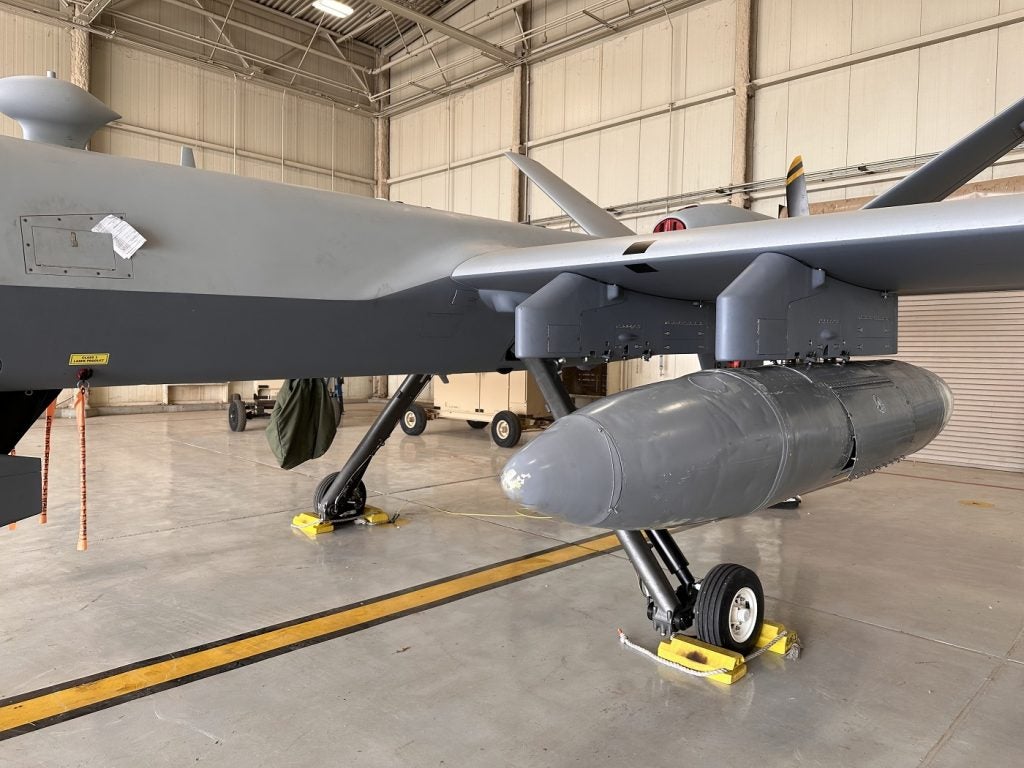On 26 June 2023, the French General Armaments Directorate (DGA) successfully conducted its first test firing of a Hypersonic Glide Vehicle (HGV) from a probe rocket launched at 10pm that night.
The test flight, undertaken on an extremely challenging long-range trajectory, presented an unparalleled technical obstacle that holds immense significance for the future of France’s hypervelocity roadmap, according to a statement from du ministère des Armées.
HGVs delivered by medium and long-range rocket boosters can travel at speeds of Mach 5 and greater, according to GlobalData’s 'Hypersonic Technologies' report, but the key difference between HGVs and ballistic missiles is not their speed, but their ability to manoeuvre and change course after they are released from their rocket boosters, providing an added level of complexity to any attempt to intercept them with missile defence systems.
HGVs are designed to be boosted by rockets to very high speeds, up to Mach 20, after which the rockets detach, and the HGV relies upon residual momentum to glide to the target at hypersonic speeds.
The initial demonstrator from France carried a range of cutting-edge technological advancements, and ongoing technical analyses are being conducted on the extensive data collected during the test period, with the aim of extracting valuable insights for future experimental flights.
France first announced its intention to develop an HGV in January 2019, at a time when three of the five permanent members of the UN Security Council had already implemented HGV programmes.
When the United States began evaluating the military utility of hypersonic boost-glide weapons in the early 2000s, it sought to develop longer-range systems that could attack defended, hardened, and time-sensitive targets deep within an adversary’s territory. In contrast to Russia and China, the United States is not developing nuclear-capable HGVs. As a consequence, US gliders may require greater precision and will be technically more difficult to develop than Chinese and Russian systems armed with nuclear weapons.
France is reported to be replacing its medium-range air-to-ground nuclear missile (ASMPA) with a hypersonic missile known as the ASN4G, that is powered by a hypersonic ramjet engine - rather than a gliding weapon deployed from a rocket - as a part of the country’s improvements to its nuclear arsenal.











